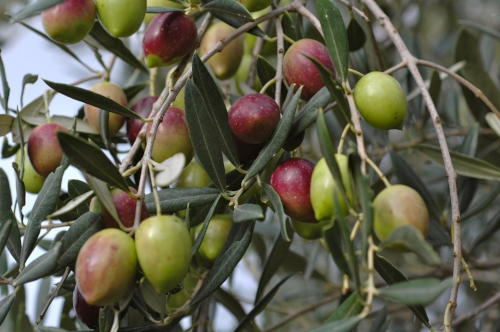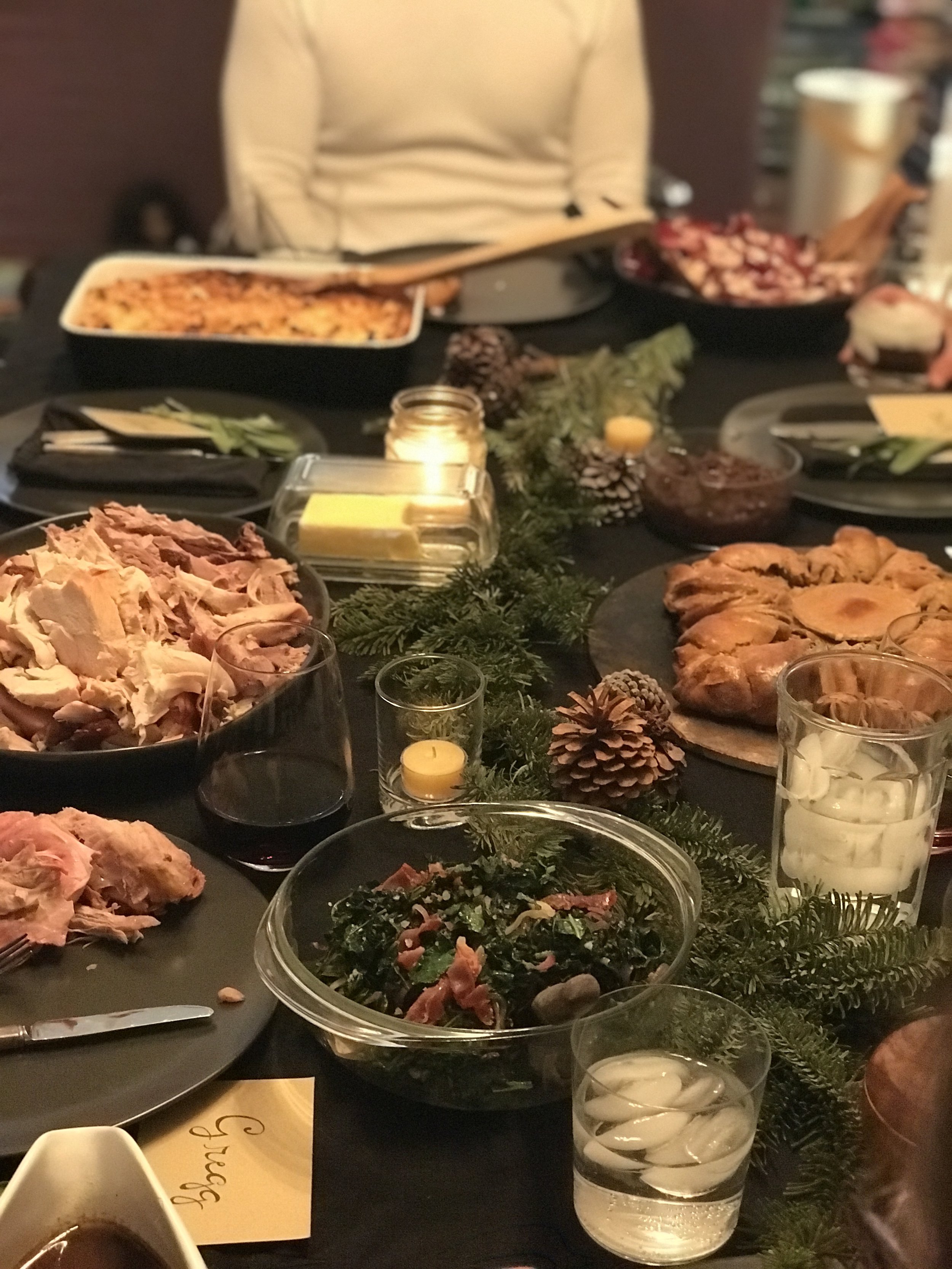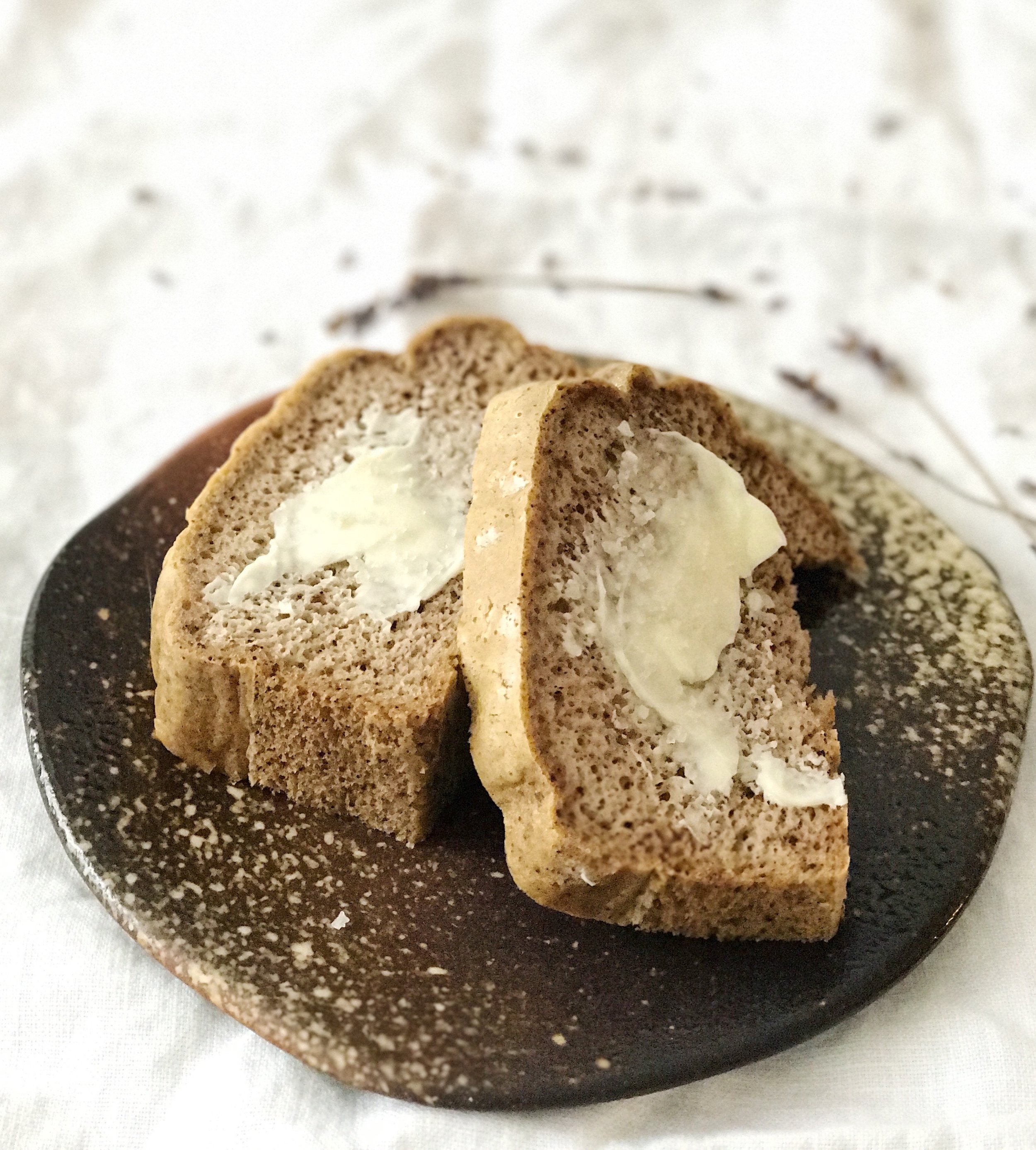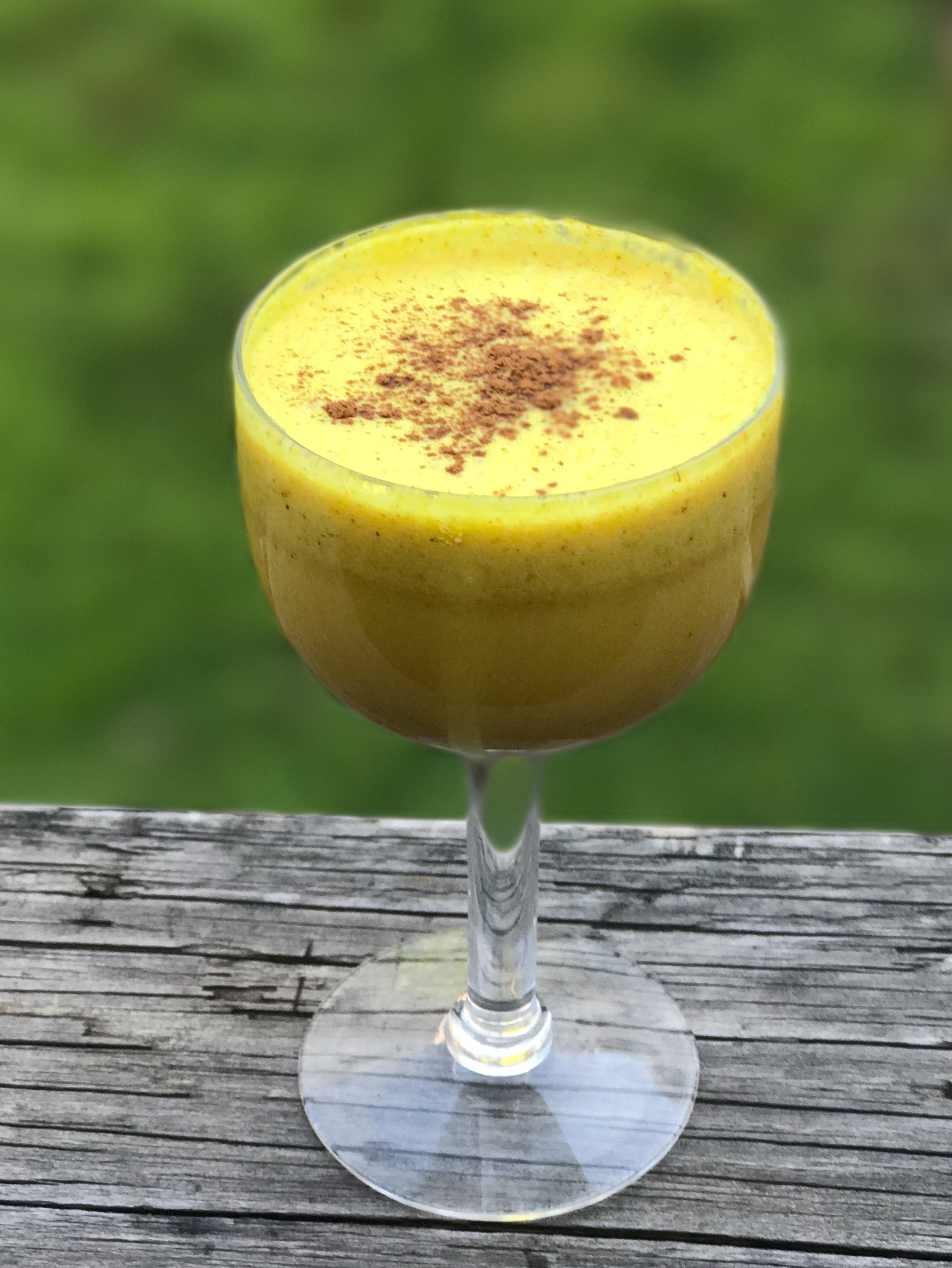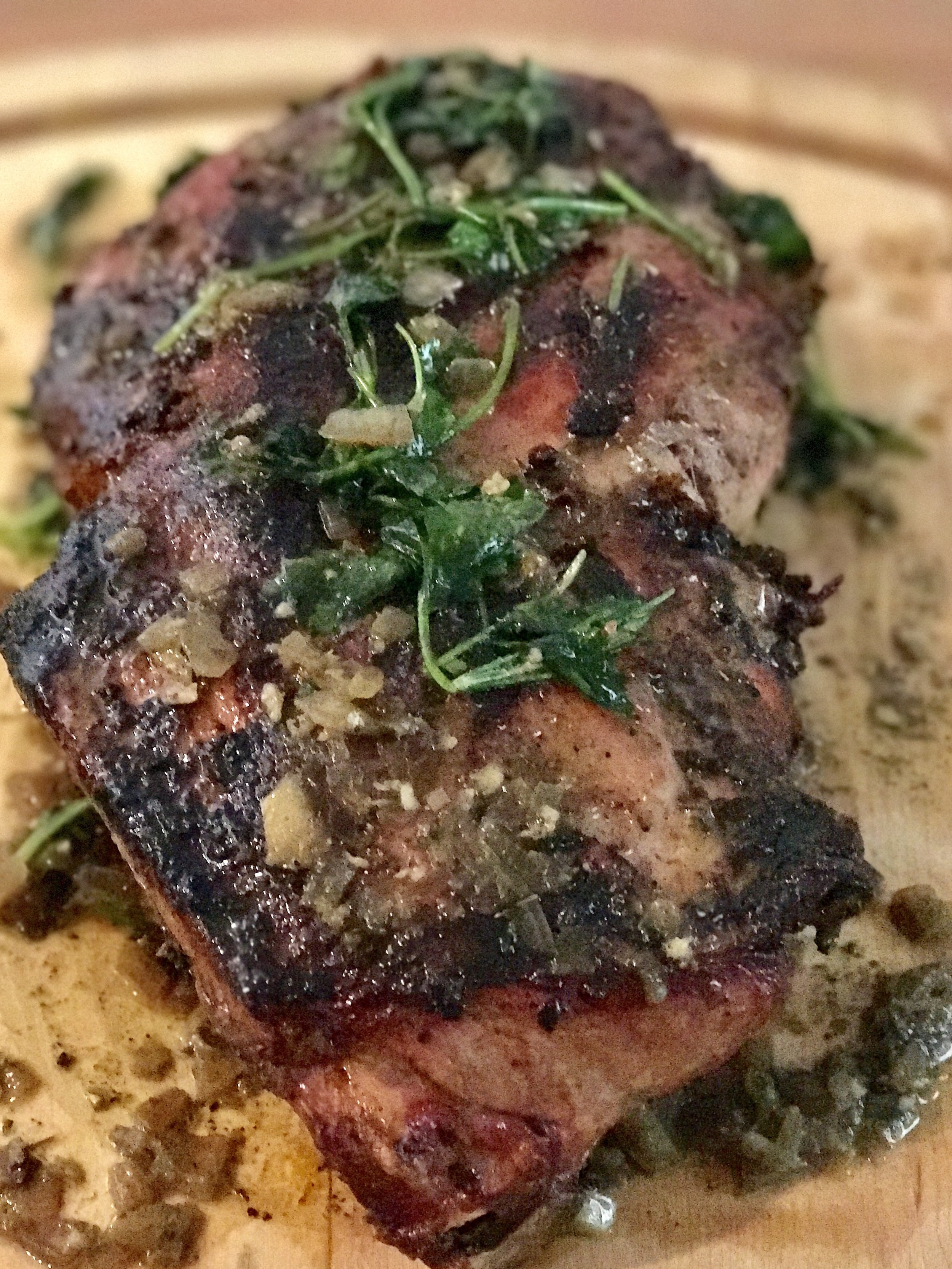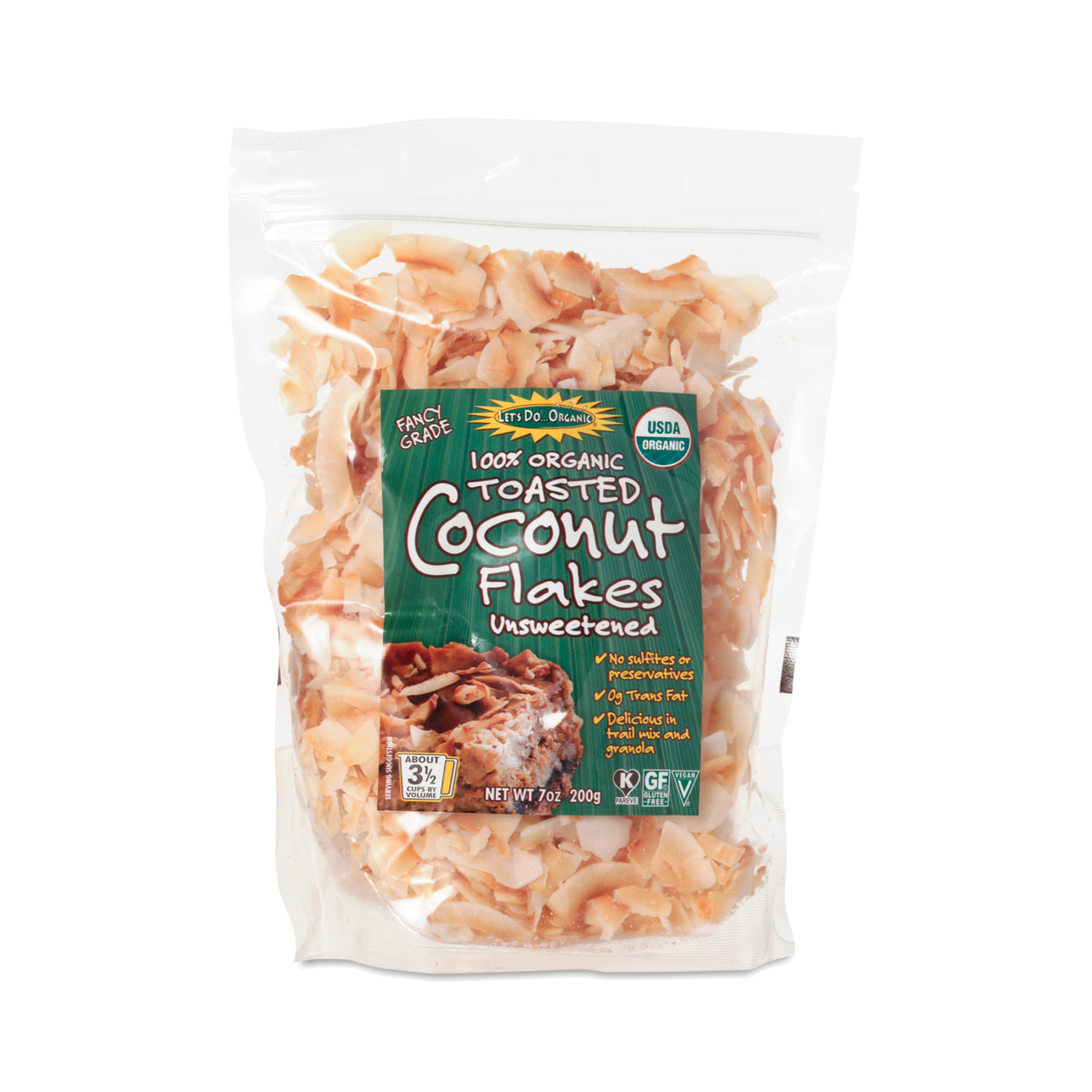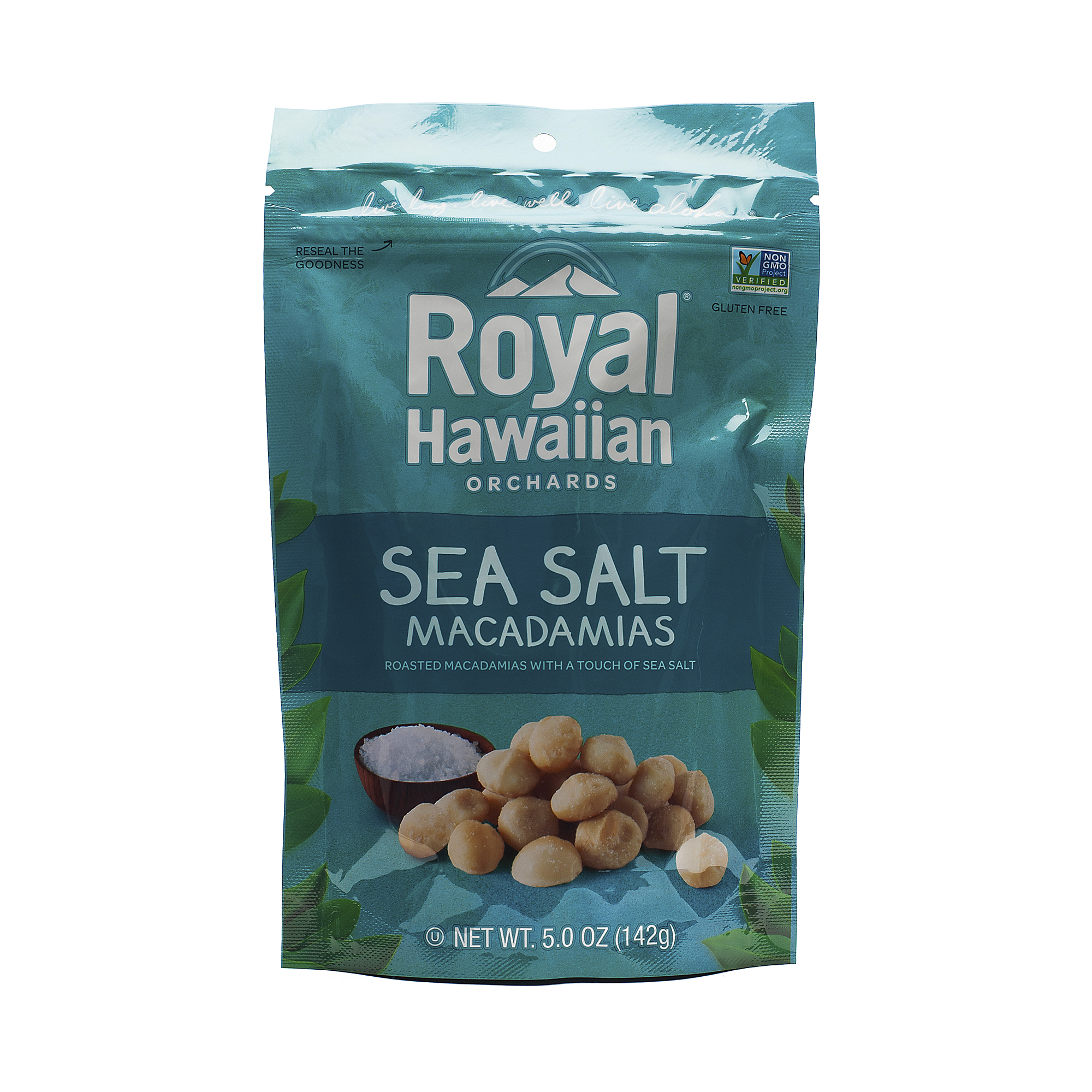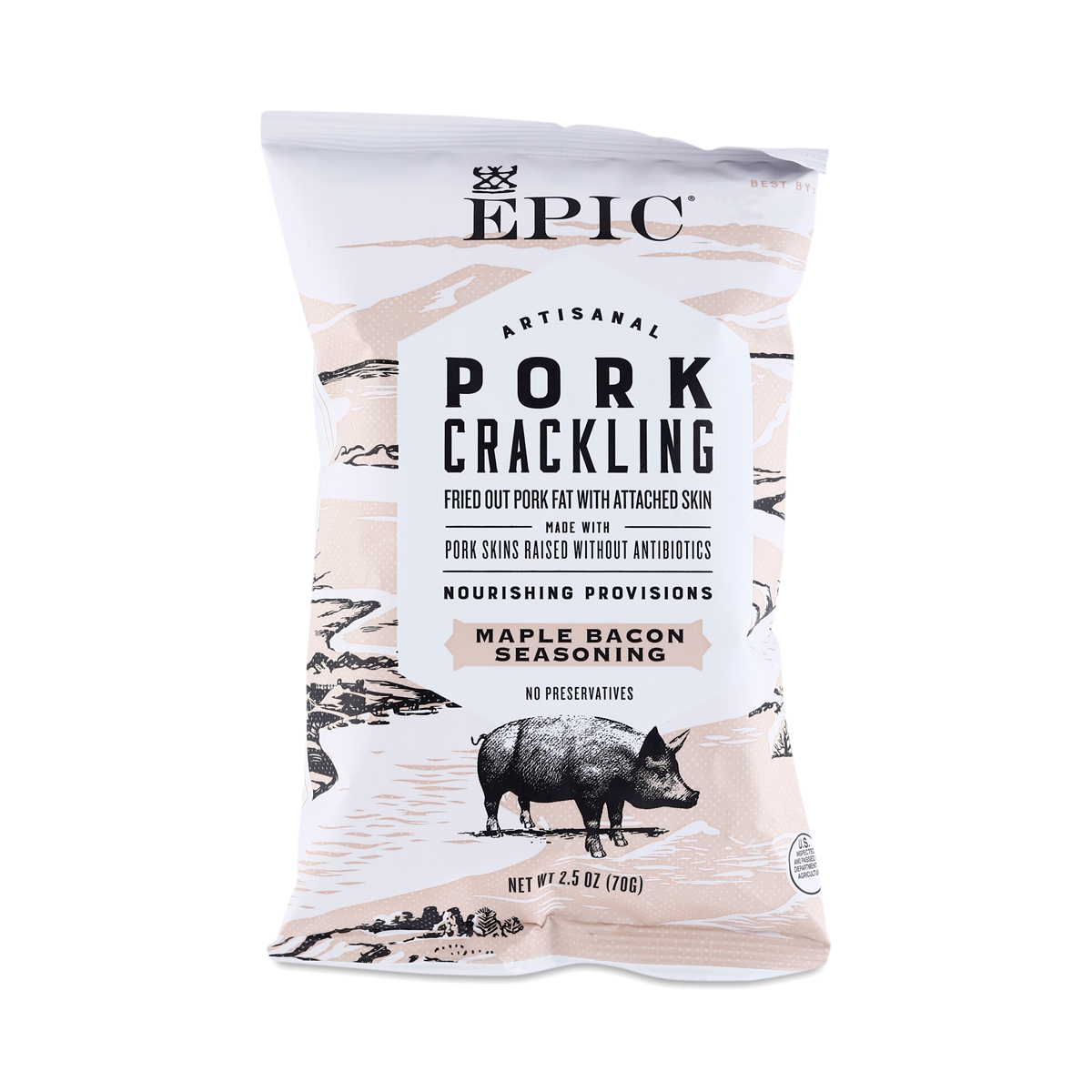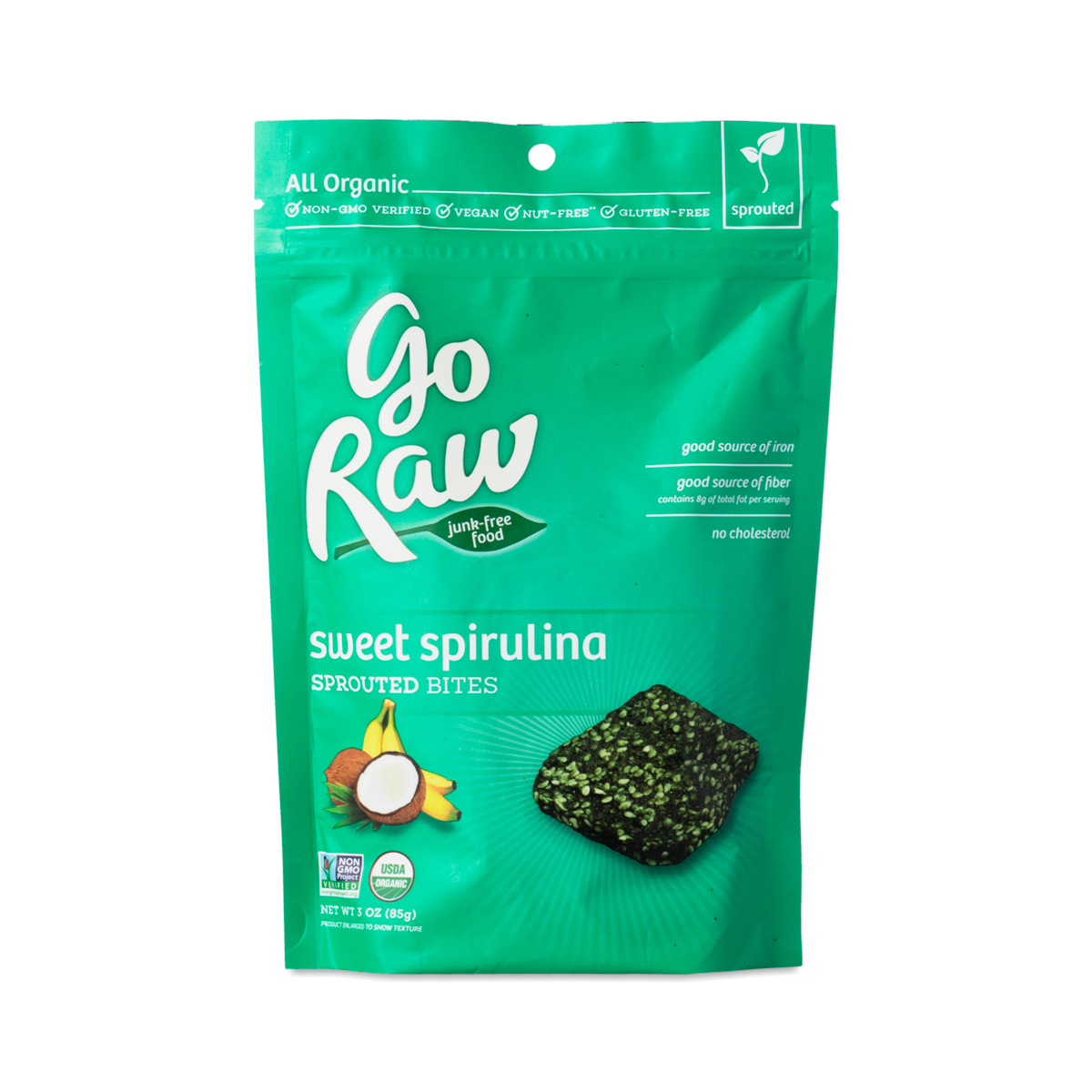Bacon tasting at PRESS, St. Helena, CA
So now you that you've read my last post, Keto Part 1, and have a little bit of background info on the ketogenic diet, I'd like to share a bit about my personal keto journey.
I had been hearing/reading/learning about the ketogenic diet for years from some of the leading scientists and doctors in the field including Dom D'Agostino, Peter Attia, Stephen Phinney, Jeff Volek and Robb Wolf. The scientific process behind the diet fascinated me - still does - and its benefits became too tempting to resist trying for myself. So, I made the leap and jumped on the keto bandwagon.
This leap, I must profess, was more a short hop then a surging one. My starting point was advantageous, as my diet was already very clean, paleo-esque, and with a relatively low carbohydrate profile, most of those carbs coming from starchy vegetables such as sweet potatoes, other root vegetables, and a tasty low-sugar cocktail here and there. Because of this, I was able to avoid the headaches, grouchiness and fatigue associated with transitioning to the ketogenic diet, also referred to as the "keto flu". For most, this flu lasts about a week or two, and basically is the period of transition for the body as it shifts from using carbohydrates for fuel, to fats.
What I did have to get used to, was getting an adequate and pretty high amount of fat into my diet. I have no problem with dairy, and this made it a bit easier. I ate gobs of butter and added heavy cream and sour cream to fill in the gaps. I ate all the fat surrounding the pork chops Fatima made - off my own, hers and my nine-year-old daughter's as well. Side note, if you are going to eat animal fats like this, be sure you are getting them from grass-fed, pasture raised sources of meat because toxins are stored in fat, including your own...but that conversation is for another post)! I could have easily sustained the Mexican economy solely on my consumption of avocados, was eating spoonfuls of coconut oil and poured olive oil or MCT oil on everything. Side note: MCT oil enhances the flavor of just about anything you put it on, especially sushi (thank you Ben Greenfield for the tip).
Macadamia nut bread
Bacon & avocado roll-ups
Fat, fat and more fat. You get the idea.
I also ate as many non-starchy vegetables and fermented foods as possible to ensure I was getting in enough micronutrients and good bugs. Fatima tripled her time in the kitchen (it's amazing she got anything else done) figuring out how to make my favorite foods "keto-friendly" - and boy did she do a good job. Macadamia nut breads, fat bombs, and low carb desserts kept my diet quite varied and interesting. Within a few days, my ketone blood-prick monitor registered that I had indeed arrived in keto-land.
How did I feel? In a nutshell, INCREDIBLE. I had tons of energy, my mind felt sharper then ever and my body quickly shed any bit of fat I had been holding onto. I was already lean, but eating this way propelled me into a whole other level of leanness. For me, this was merely a side benefit. The most fascinating and rewarding thing I experienced - and one I became slightly addicted to - was the effect fueling primarily with fats had on my brain. I had not felt as focused and clear in as long as I can remember.
As a highly active, fitness oriented person, I knew I would need to somehow begin cycling in carbohydrates to replenish my glycogen stores and keep my hormones balanced. There are different ways to do this, and the frequency and depth with which to do so vary greatly from person to person. I had to play around quite a bit to figure out what would work for my body composition and level of activity. So, once I had fully transitioned to becoming a fat burner, I began to experiment.
Experiment 1, Carb Backloading. I used this strategy 1x/week. I ate in usual keto fashion until dinner time. For dinner, I ate a lower fat, much higher carb meal. My carb intake on those days was somewhere between 100 and 150 grams. I didn't keep exact count, but basically, ate carbs to satiety. I always made sure I scheduled my heavy training days for the days I knew I'd be carbing-up in the evenings.
Experiment 2, Carb Saturdays. Another method of refueling with carbs is to chose a day to bag the keto diet, and eat carbs all day long. Naturally, I chose Saturdays so I could enjoy pancakes, pasta, pizza, oh, and on of my favorite dishes, feijoada (the delicious Brazilian national dish of black beans, all kinds of meats and rice, my mother in laws specialty). I threw this into my repertoire once every 2-3 weeks.
Another side note: Of the two strategies, I definitely prefer carb backloading. I find my body works much better fueled with fats during the day, and carbs at night with regards to digestion, energy balance and getting a better night's sleep.
I kept this dog and pony show up for about a year and it was fantastic for me - almost the entire time. Why almost? Well, eventually, I began to feel a little less vibrant - I wasn't firing the way I was used to and there was a little less pep in my step. I found myself naturally waking up at 3:30 or 4 in the morning and feeling like I didn't need the extra few hours of sleep, but felt my nervous system was rev'ed up and my family was bearing the brunt of it. My ladies (Fatima and Solé) report that I was grumpier then usual and less patient. I started to feel like I was getting a little too lean as well - a little sunken and cadaver-like. My body and mind were overstressed. This all happened in combination with the launching of a new business (hi), and the enormous amount of stress associated with that endeavor...and of course the normal stresses of being a human being of this time, in NYC.
It has been about 6 months since I decided I needed some space from my keto-relationship. I still practice carb-backloading, saving all my carb-rich foods for dinner time, but am not focusing on eating keto during the first part of the day. I admit, my mind is not as clear or sharp as it was, but after weighing out all the pros and cons, for now, this is the right thing for me. I use the ketogenic diet strategically now - when I know I'll need to be extra clear and sharp mentally, as an adjunct to a detox program, or when I need to lean out a bit for photoshoots.
The takeaway from all this, is to listen to your body. It needs different things at different times. This may be the most important thing to be aware of for your continued quest towards your greatest health. This relates to all aspects and modalities of health - training, breathing, sleeping, stress-management and of course diet. Ask me what I am doing in another 6 or 8 months. I can almost guarantee it will be at least slightly different.









